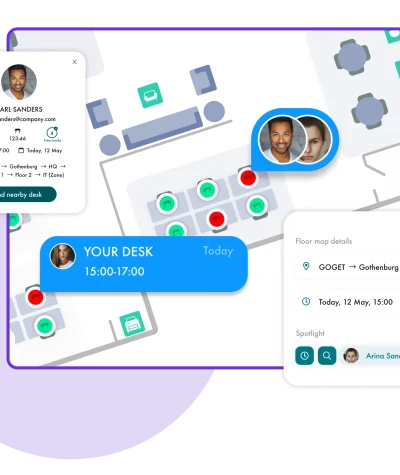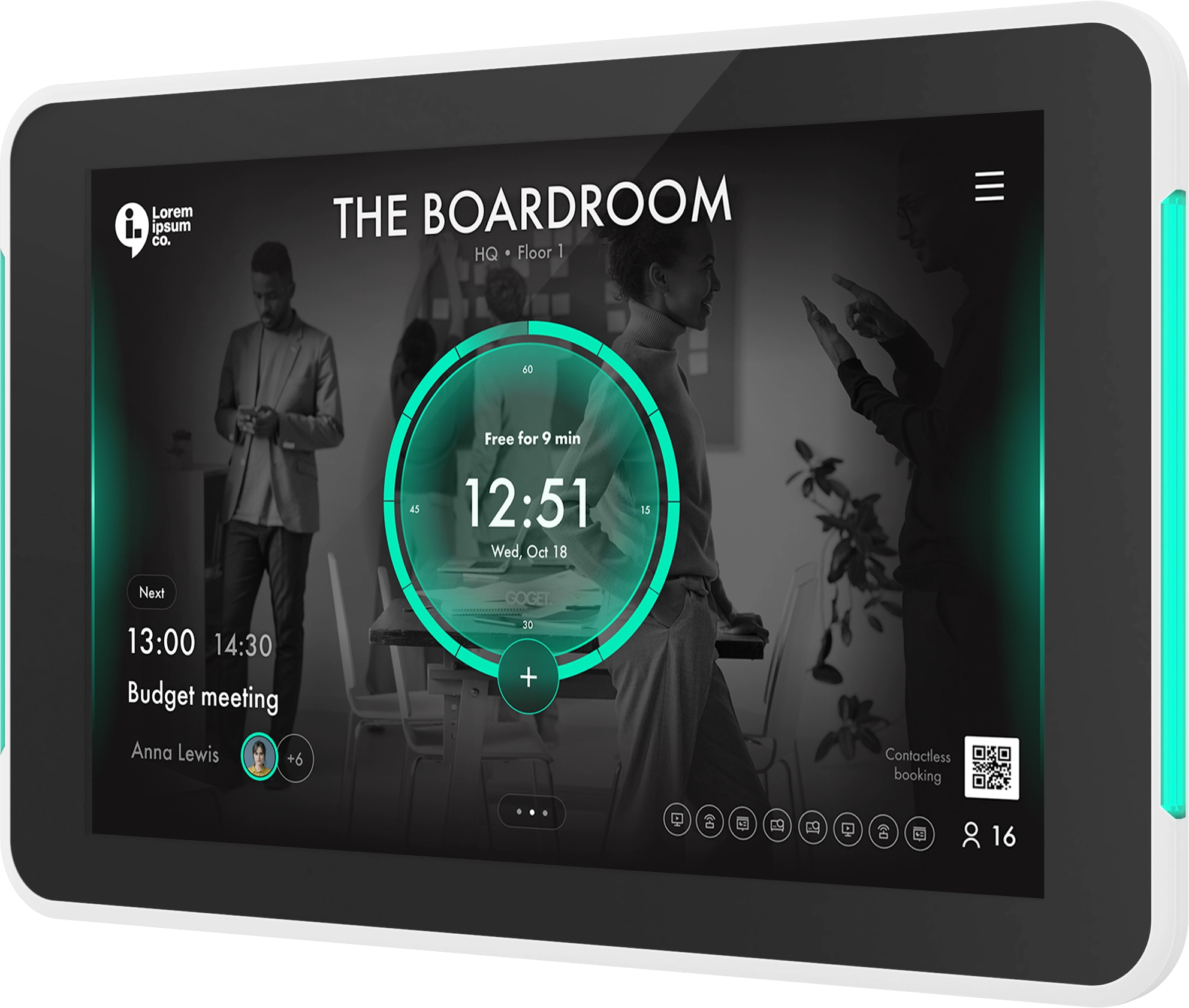Flexible work has become a hot topic in recent months for both companies and employees. No matter which you are, it can take time to decide if an all-remote hybrid work model will be the most beneficial over time or if being in the office five days a week is best.
Despite the hype about the benefits of solely working from home (I mean, no commute and sweatpants, what’s not to love!), data shows that 74% of employees miss having an office environment to be a part of. 2020 brought on the need for everyone to work remotely, and many are missing the business of connecting. This is just one reason many workplaces choose to take advantage of hybrid office benefits.
Creating the right hybrid work model isn’t just a quick fix that solves both problems. Despite the research, many are reluctant to return to the office, even part-time. Here are a few ways to encourage your team to return to the office and take advantage of the real estate available to you and the benefits of an in-person community.
1. Culture & Connection
Did you know that employee disconnection is the leading factor in voluntary turnover among workers in 2021 and 2022, with as much as $406 billion lost by American companies this year alone? This is why many companies are making culture their most significant focus going forward. It isn’t just essential to create a social and connected environment anymore; it’s vital to the health and growth of your business.
Price Waterhouse Coopers found that 48% of CFOs are currently concerned about their companies’ loss of culture due to the increase in flexible work.
This is one of the reasons hybrid office environments have become more popular-they allow for intentional connection and collaboration that seeks to reignite the spark of busy offices filled with communication and camaraderie.
Leaders must create an atmosphere that makes it easier for employees to connect in person—beginning with adequate information about upcoming office activities and collaborations as well as opportunities for people to connect in person. Video chats are helpful, but there is nothing like the real thing to connect your team and build a culture that keeps people around.
2. Hybrid Office Design
The office’s purpose has changed since the pandemic. Where once 1 worker = 1 desk and thus large office buildings, in today’s world, the office serves various purposes, and with a hybrid work model, workspaces can be completely reimagined.
First, the office space must serve the work that needs to be done there. If the office is just static desks, but you want it to be a hub for connection and collaboration, consider changing the environment to fit that ideal. This is the perfect time to consider the technology, layout, and resources your team needs in the office environment and reassess what is necessary with data to back it up.
This data will quickly guide you through creating a space that addresses what workers need, adjusting the workplace to increase performance and productivity, and decreasing the aversion towards going back into the office.
The bonus is knowing what is being used and what is not, which can be a huge opportunity to save on under-utilized spaces. You can even change how time in the office is structured so that workspaces can be shared and office space and resources can be downsized to save money on the bottom line and put it back into giving your employees the perks and benefits they need.
3. Open Doors
One advantage of onsite work over remote work is the opportunity for face-to-face time with the management.
For workers excited to share ideas or ask for specific feedback on work or development, be prepared to ensure your message comes across clearly during your meeting. Be sure to allow the conversation to flow organically while sharing your talking points so that the information is presented collaboratively and not as a robotic presentation that can quickly turn the listener into an inactive participant.
This time can be an invaluable opportunity to ask questions, get feedback and make suggestions. Companies need to open up designated times for workers to have the opportunity to meet face-to-face with superiors to continue building a cohesive culture of collaboration. The community and the ability to be seen and heard may be just what your office needs to entice people to come back in.
4. Perks that Work
Encouraging workers who are enjoying the WFH lifestyle to come back into the office might be tricky, so the perks for coming in are the talk among many CFOs and business owners.
The perks for your office may not be suitable for every office. Take into account that face-to-face time with executives and social connections are key to driving in-office attendance, but opportunities for out-of-the-box perks can be what entices workers to commute in. Will it be a partnership with a local coffee shop, in-office table tennis, or a smoothie bar?
Will every 2nd Friday be Beers with the Boss? Does the employee with the most in-office time get tickets to a local ball game?
Now is the time to talk with your employees to see what perks they have enjoyed in the past and what they’d love to see in the office that your bottom line can sacrifice for the sake of keeping employees in the office and building the culture that makes your company what it is.
Let’s get to Work
This is where data meets direction. With the information you’ve gathered on what your space needs to look like and the data on what perks your employees are looking for to get them back in the office, you can then focus on providing the right space and tools for them to thrive.
- Look into a technology-forward way to reserve workspaces and facetime with executives and superiors.
- Equip teams with proper support to ensure that important business has the opportunity to take place face-to-face.
- Create a community around enjoyable experiences in and out of the office.
- Encourage feedback to assess what’s working and what isn’t, and don’t be afraid to pivot for a future-forward business.
- Focus on recreating a culture that makes employees proud to work with you.



